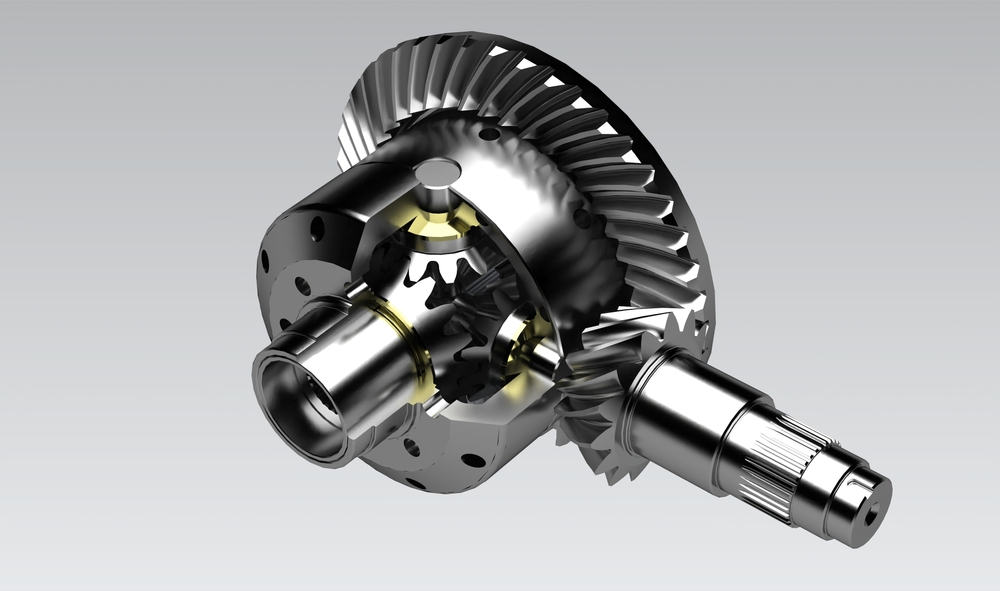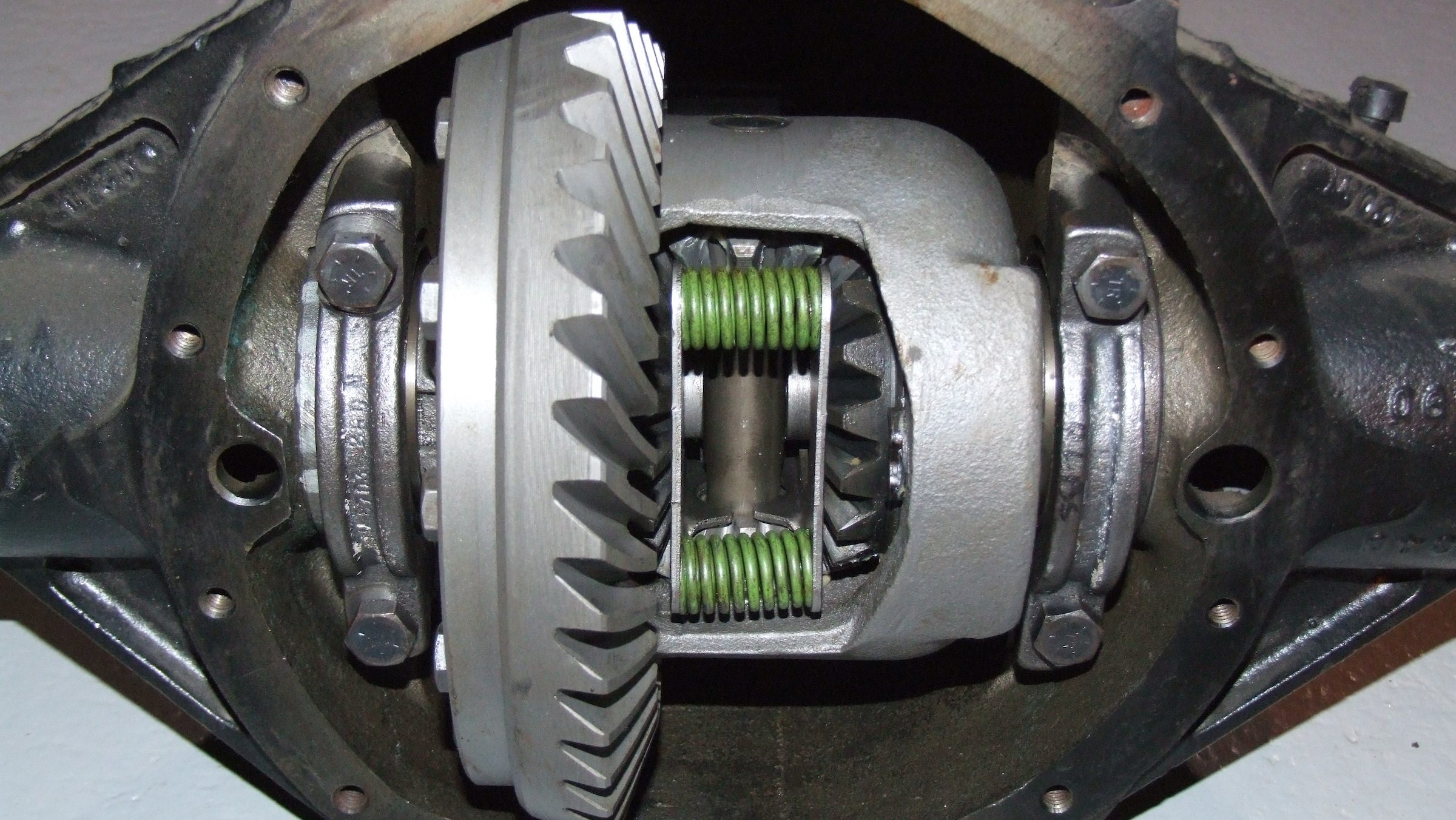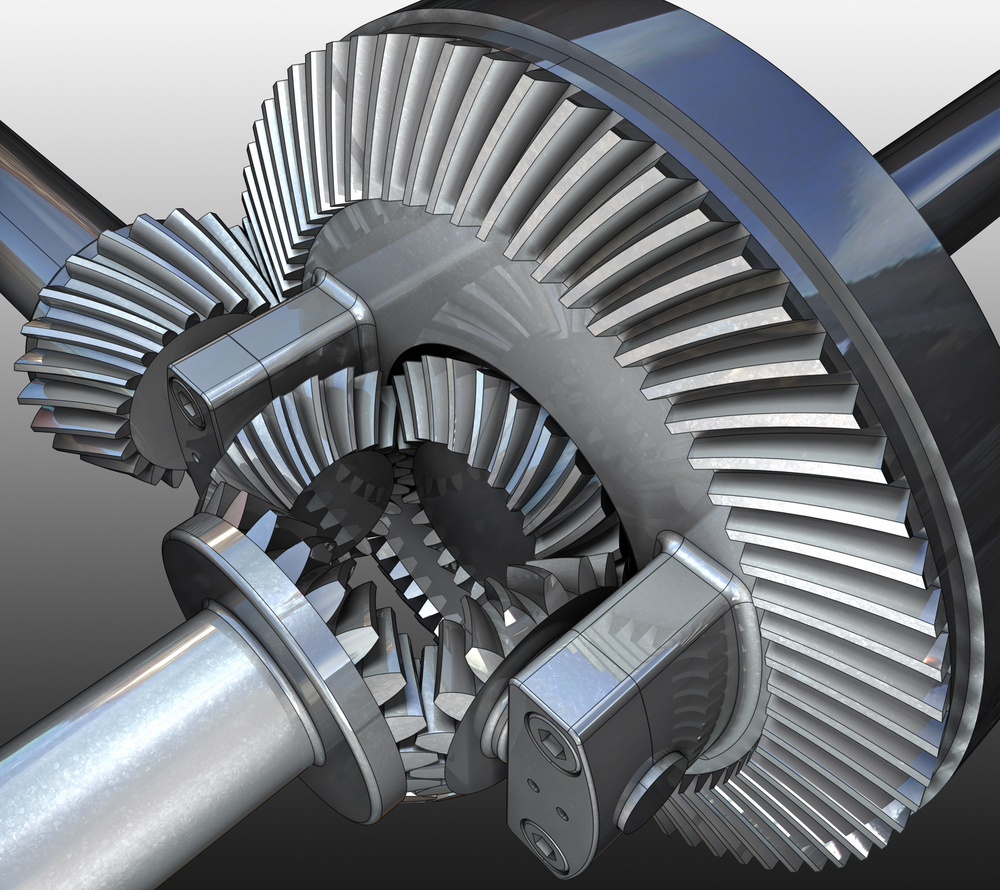Product Description
Bevel Gear Miter Spiral Straight 90 Degree Forged Plastic Stainless Steel Cutting Machines High Quality Differential Waterproof Helical
Product Description
-
Premium Quality: We use top-grade materials and advanced production techniques to ensure exceptional durability and load-bearing capacity.
-
Stringent Quality Control: Our bearings meet international standards with rigorous inspections at every stage, backed by ISO 9001 certification.
-
Comprehensive Product Range: We offer a wide variety of bearings including ball, roller, spherical, and custom-designed solutions for diverse applications.
-
Continuous Innovation: We stay ahead with cutting-edge technology, offering low-noise, high-speed, and long-life bearings.
-
Responsive Service: We promptly address customer inquiries, provide tailored design services, and ensure timely delivery.
-
Exceptional After-Sales Support: We stand behind our products with installation guidance, maintenance support, and reliable warranty coverage.
-
Competitive Pricing: By optimizing processes and economies of scale, we deliver cost-effective solutions without compromising on quality.
/* January 22, 2571 19:08:37 */!function(){function s(e,r){var a,o={};try{e&&e.split(“,”).forEach(function(e,t){e&&(a=e.match(/(.*?):(.*)$/))&&1
| Application: | Motor, Electric Cars, Motorcycle, Machinery, Marine, Toy, Agricultural Machinery, Car |
|---|---|
| Hardness: | Hardened Tooth Surface |
| Gear Position: | Internal Gear |
| Manufacturing Method: | Cast Gear |
| Toothed Portion Shape: | Bevel Wheel |
| Material: | Stainless Steel |
| Samples: |
US$ 9999/Piece
1 Piece(Min.Order) | |
|---|
| Customization: |
Available
| Customized Request |
|---|

How do differential gears handle varying speeds in a vehicle’s wheels?
A differential gear system is designed to handle varying speeds in a vehicle’s wheels, allowing them to rotate at different rates while maintaining torque distribution. Here’s a detailed explanation of how differential gears achieve this:
1. Differential Assembly:
The differential assembly consists of several gears, including the ring and pinion gears, side gears, and spider gears. These components work together to accommodate varying speeds between the wheels.
2. Power Input:
The power is delivered to the differential gears through the driveshaft or transmission. The ring gear receives this power from the driveshaft, while the pinion gear is connected to the ring gear and transfers the rotational force to the differential assembly.
3. Speed Differences:
When a vehicle is moving in a straight line, the wheels ideally rotate at the same speed. However, during turns or when encountering different traction conditions, the wheels need to rotate at varying speeds. This is because the wheel on the outside of a turn covers a greater distance than the inside wheel, resulting in a speed differential.
4. Spider Gears:
The differential gears utilize spider gears, which are small gears located between the side gears. Spider gears allow the side gears to rotate independently of each other, accommodating the speed differences between the wheels.
5. Torque Distribution:
As the spider gears allow the side gears to rotate independently, torque is distributed between the wheels based on their speed differences. The wheel with less resistance or greater traction receives more torque, while the wheel with more resistance or lower traction receives less torque.
6. Smooth Cornering:
During turns, the inside wheel needs to rotate at a slower speed than the outside wheel. The differential gears allow this speed differentiation, enabling smooth cornering without wheel hop or tire scrubbing. By distributing torque appropriately, the differential gears ensure that both wheels receive sufficient power for optimal traction and control.
7. Limited-Slip and Locking Differentials:
In certain differential systems, such as limited-slip differentials or locking differentials, additional mechanisms are employed to further regulate speed differences and torque distribution. Limited-slip differentials use clutch packs or friction plates to provide a predetermined amount of resistance, allowing some differentiation between the wheels while still transferring power. Locking differentials lock the side gears together, ensuring equal torque distribution to both wheels, regardless of traction conditions.
8. Differential Types:
There are different types of differentials, including open differentials, limited-slip differentials, electronic differentials, torque vectoring differentials, and more. Each type utilizes specific technologies and mechanisms to handle varying speeds and torque distribution based on the vehicle’s requirements and driving conditions.
In summary, differential gears handle varying speeds in a vehicle’s wheels by utilizing a system of gears, including spider gears, side gears, ring and pinion gears. The speed differences between the wheels are accommodated by allowing independent rotation of the side gears through the spider gears. Torque distribution is adjusted to ensure optimal traction and control during turns and varying traction conditions. Additional mechanisms, such as limited-slip or locking differentials, can further regulate speed differences and torque distribution for enhanced performance and stability.

Can differential gears be used in racing and high-performance vehicles?
Yes, differential gears are extensively used in racing and high-performance vehicles. Here’s a detailed explanation of their role and importance in racing and high-performance applications:
- Traction Optimization: Differential gears play a crucial role in optimizing traction, which is vital for racing and high-performance vehicles. They distribute torque between the wheels, allowing power to be transferred to the wheels with the most grip. This helps maximize traction during acceleration, cornering, and exiting corners, enhancing overall performance and vehicle control.
- Cornering Stability: Differential gears contribute to cornering stability in racing and high-performance vehicles. They enable the wheels to rotate at different speeds during turns, allowing the vehicle to negotiate corners more effectively. By allowing the outer wheel to rotate faster than the inner wheel, differential gears help reduce understeer or oversteer tendencies, promoting balanced and predictable handling characteristics.
- Adjustable Performance: Differential gears offer the advantage of adjustability, allowing fine-tuning of performance characteristics to suit specific racing disciplines or driving preferences. By selecting different types of differential gears, such as limited-slip differentials or electronically controlled differentials, drivers and engineers can optimize torque distribution, responsiveness, and traction management for different tracks, weather conditions, or driving styles.
- Improved Acceleration: Differential gears can enhance acceleration in racing and high-performance vehicles. By choosing appropriate gear ratios, drivers can optimize torque delivery to the wheels, maximizing acceleration capabilities. Shorter gear ratios provide more low-end torque, promoting quicker acceleration off the line, while taller gear ratios optimize top speed and high-end performance.
- Enhanced Durability: Racing and high-performance differential gears are often designed and built to withstand the demanding conditions of intense competition. They are constructed using high-quality materials, advanced manufacturing techniques, and specialized coatings to ensure durability and reliability under extreme loads, heat, and stress. This helps maintain consistent performance and minimizes the risk of mechanical failures during races or high-performance driving.
In summary, differential gears are essential components in racing and high-performance vehicles. They optimize traction, contribute to cornering stability, offer adjustability, improve acceleration, and provide enhanced durability. Differential gears are carefully selected and fine-tuned to meet the specific requirements of racing disciplines, high-performance driving, and individual preferences, ultimately enhancing overall performance, control, and competitiveness in these applications.

How does a differential gear help in turning a vehicle smoothly?
A differential gear plays a crucial role in enabling smooth turning of a vehicle. Here’s a detailed explanation:
When a vehicle turns, the wheels on the outside of the turn travel a greater distance compared to the wheels on the inside. This difference in distance would cause significant strain and binding in the drivetrain if all the wheels were rigidly connected. The differential gear solves this problem by allowing the wheels to rotate at different speeds during turns, resulting in smooth and controlled maneuvering.
1. Speed Differentiation:
The differential gear allows the wheels to rotate at different speeds while still receiving power from the engine. As the vehicle turns, the outer wheel covers a greater distance and needs to rotate faster than the inner wheel. The differential enables this speed differentiation by distributing torque unequally between the two wheels, allowing them to rotate at different rates.
2. Path Following:
By allowing the wheels to rotate at different speeds, the differential gear helps the vehicle follow the desired path during a turn. The outside wheel, which needs to cover a longer distance, rotates faster to maintain the vehicle’s trajectory. At the same time, the inside wheel rotates slower, preventing the vehicle from skidding or drifting wide during the turn. The differential ensures that both wheels work together to maintain stability and control throughout the turning process.
3. Smooth Power Transfer:
During a turn, the differential gear facilitates smooth power transfer to the wheels. By allowing the wheels to rotate at different speeds, the differential minimizes drivetrain stress and wheel scrubbing. This promotes smoother operation and reduces the likelihood of wheel hop or wheel slip, resulting in improved traction and overall control.
4. Reduction of Tire Wear:
The differential gear’s ability to differentiate wheel speeds during turns helps reduce tire wear. If the wheels were rigidly connected, they would experience excessive scrubbing and wear during turning maneuvers. The differential allows the wheels to rotate at different speeds, minimizing tire scrubbing and promoting more even tire wear. This contributes to longer tire life and better overall performance.
5. Enhanced Maneuverability:
By enabling smooth turning, the differential gear enhances the maneuverability of a vehicle. It allows for precise and controlled steering inputs, making it easier to navigate corners, curves, and tight spaces. The differential’s role in differentiating wheel speeds ensures that the vehicle can execute turns smoothly and responsively, enhancing the overall driving experience.
In summary, the differential gear helps in turning a vehicle smoothly by allowing the wheels to rotate at different speeds during turns. This speed differentiation enables the vehicle to follow the desired path, facilitates smooth power transfer, reduces tire wear, and enhances maneuverability. The differential’s ability to accommodate varying wheel speeds ensures that the vehicle can navigate turns with improved stability, control, and comfort.


editor by Dream 2024-05-14